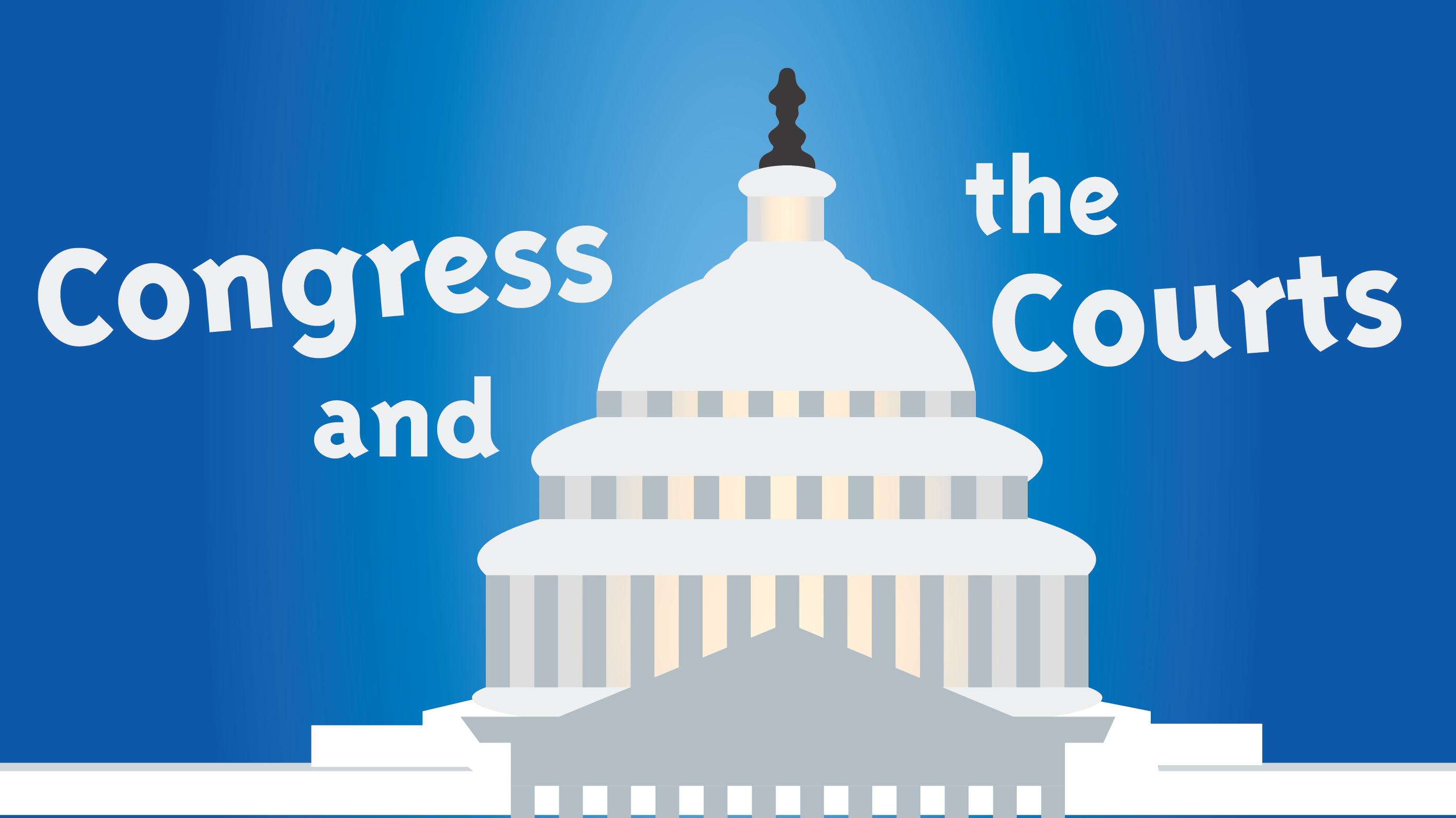
Number of female candidates rising, “Year of the Woman” should be every year
By: Connor McNarin, Columnist
American politics has, since the country’s founding, been dominated by white male actors. This reality is the product of the designed political suppression of women and minorities during the country’s founding, and its consequences are many.
In 1992, which was commonly referred to as the “Year of the Woman,” 24 women won House seats and Dianne Feinstein, Barbara Boxer, Carol Moseley Braun and Patty Murray were elected to the U.S. Senate. Gains in female representation in 1992 may have established a high water mark for women in elected office, but immediately following this progressive moment in American history, systemic sexism worked to undermine their voices and limit their scope of leadership.
Nearly 30 years later, women only represent one quarter of all elected officials in Washington. In 2016, the election of the remarkably boorish Donald Trump, whose campaign was driven by rampant sexism, offered no aid to the already abysmal status of female representation; or did it?
While the Year of the Woman illustrated an exciting and energetic increase in female participation in our nation’s most powerful political offices, a wave of women candidates – the likes of which the U.S. has never seen – is set to flood the polls in the 2018 midterms.
As of May 4, 2018, at least 50 women will run in Senate races, 444 will compete for House seats, and 72 will pursue 36 open governorships in fall 2018. Without reference to past campaign efforts, these numbers do not seem astronomical in scope. But when analyzing the political participation of women in years past, over 575 female candidates will smash previous records.
In 2016, for example, only 40 women ran for Senate seats, 272 for House seats, and six for governorships. While these numbers are naturally affected by the fluctuating number of open seats per election cycle, 2018 marks the largest proportional female push for elected office in the nation’s history.
Trends in female candidacies are also strongly correlated with party affiliation. Among the over 50 Senate candidates, 32 are Democrats and 21 are Republicans. Moreover, in the House, of 444 current competitors, there are 330 Democrats and only 114 Republicans. Last, among 72 current gubernatorial candidates, 47 are Democrats and 25 are Republicans. When analyzing both former and current trends in female political participation, it is clear that women are far greater represented within the Democratic Party.
While it is impossible to perfectly identify the drive behind this massive influx in women candidacies, it is likely that Donald Trump’s election, paired with the powerful #MeToo movement and greater overall trends in women empowerment across varying fields of employment are inspiring record-breaking female leadership. Certainly, these factors are not the only causes for why women candidates are playing a more predominant role in the American political landscape, but their relevance immediately following 2016 may lend some clarity to the recent phenomenon.
To all who were cognizant in 2016 and currently remain so, the repugnance of Trump’s braggadocious Access Hollywood tape – within which he both admits to sexually assaulting women and defends the behavior on the grounds of wealth – remains fresh in the mind. Moreover, the American conscience, which has finally started taking serious the realities of sexual assault, harassment, and intimidation in the form of #MeToo, has also played an impactful role in engaging women who both run for office and turn out at the polls. It should not, however, take rampant sexual violence and the election of a sexist dullard to finally draw attention to female leadership in American politics.
Midterm elections in 2018 are set to bludgeon the current majorities held by Republicans in both chambers of Congress. While a blue wave would be most welcome, it is the responsibility of American voters to also elect women pursuing the many vacancies in the 2018 election season.
The sheer number of women candidates approaching 2018 midterms is both inspiring and unprecedented; and while female leadership in American politics is roughly 242 years overdue, it is incumbent upon voters to make 2018 and all elections following the “Years of the Woman.”

